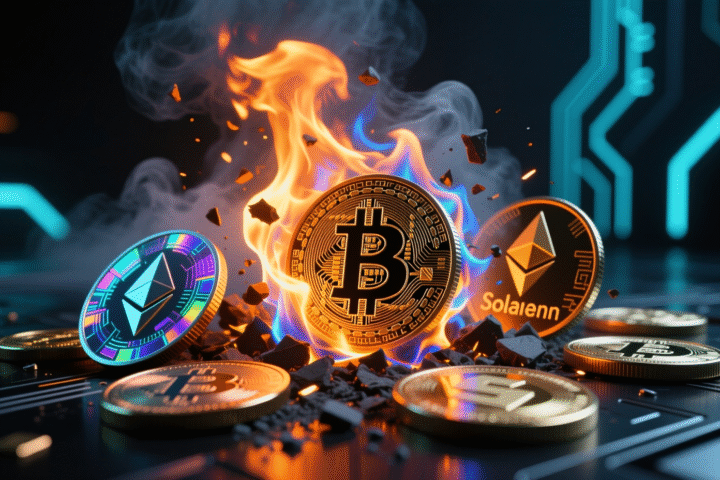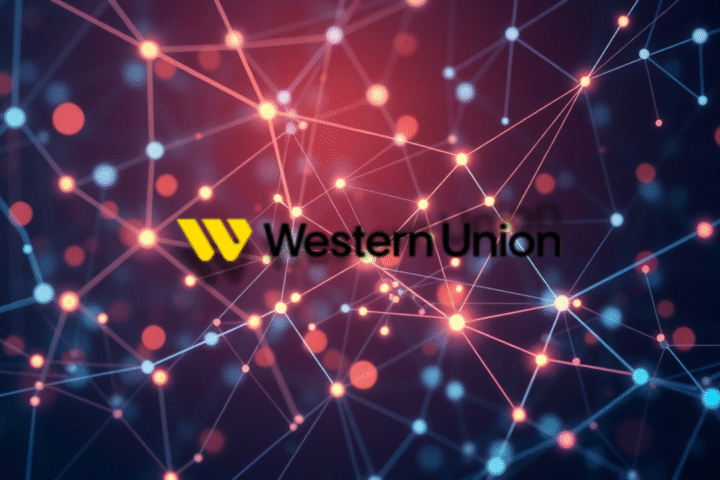Behind every billion-dollar crypto deal, there’s no boardroom or broker, just code written in smart contract languages. These are the special programming tools that let developers create self-executing agreements on the blockchain, moving assets automatically when certain conditions are met. No middlemen, no delays, no trust issues, just digital code running the show.
Key points:
- Smart contract languages are the coding systems that power blockchain automation, turning agreements into self-executing code that moves assets without middlemen or manual approval.
- Major players like Solidity, Rust, Vyper, Move, and Cadence each bring unique strengths, from speed and security to simplicity and flexibility, shaping how decentralized ecosystems evolve.
- These languages form the foundation of digital trust, ensuring transparency, reducing errors, and defining how future Web3 innovations like DeFi, NFTs, and DAOs come to life.
In short, smart contracts are the brains of blockchain automation. They “speak” through these unique languages, setting the rules for money, ownership, and power in a world where code, not people, calls the shots.
What Are Smart Contract Languages?
Smart contract languages are the secret sauce that lets blockchains do more than just track who owns what. They’re special programming languages built specifically for writing the rules of digital agreements — like saying, “If X happens, send Y amount of crypto to Z,” and making sure it actually happens.
Their main purpose? To automate deals safely and transparently. Once written, these contracts run on the blockchain for everyone to see, so there’s no room for shady edits or broken promises.
Think of them like traditional coding languages, but with extra layers of honesty baked in. Instead of just telling a computer what to do, smart contract languages tell the blockchain what to verify, creating a system where trust is coded, not assumed.
The Big Players: Solidity, Rust, Vyper, and More
Now that you know what smart contract languages are, let’s meet the stars of the show, the ones powering the biggest blockchain stages.
Solidity: The Ethereum Standard
Solidity is the headline act of smart contract languages. It runs the show on Ethereum and most EVM-compatible chains like Polygon and Avalanche. If blockchain development were a school, Solidity would be the first subject on the syllabus. It’s powerful, flexible, and so widely used that learning it opens doors across the crypto ecosystem.
Rust: The Speed and Security Pro
Meet Rust, the language built for precision and performance. It powers networks like Solana and Polkadot, where speed and safety matter most. Developers love Rust because it helps prevent costly bugs and keeps systems running smoothly, a big deal when one mistake can drain millions from a smart contract.
Vyper: The Safe, Simple Alternative
Vyper takes a different approach. Inspired by Python, it trades complexity for clarity, making it easier to read, write, and audit. It’s the minimalist option for Ethereum developers who prefer clean code and strong security over bells and whistles.
Other Notable Names: Move and Cadence
Beyond the big players, newer smart contract languages are making waves. Move, used by Aptos and Sui, focuses on secure asset management and flexible design. Cadence, built for Flow, powers NFT and gaming apps with an emphasis on usability and fun.
Together, these languages form the foundation of blockchain’s programmable world, each one offering a different path to make code, trust, and value move in sync.
Why These Languages Matter
Smart contract languages are the unsung heroes of Web3. They power decentralized apps (dApps), decentralized finance (DeFi) platforms, non-fungible tokens (NFTs), and decentralized autonomous organizations (DAOs), basically everything that makes crypto more than just a digital coin. Whenever someone swaps tokens, buys digital art, or joins a DAO vote, there’s a smart contract language running the show behind the scenes.
These languages matter because their design directly shapes how ecosystems evolve. Some focus on performance, others on safety or ease of use, and each choice has ripple effects across entire networks.
Here’s what makes them so important:
- They automate trust – Smart contract languages ensure that agreements run exactly as coded, no middlemen needed.
- They shape ecosystems – Faster, safer, or simpler code determines how scalable and secure a blockchain can be.
- They protect value – A single bug or typo can lead to huge financial losses, since deployed contracts can’t be easily changed.
- They define innovation – From NFT marketplaces to DAO voting systems, new use cases depend on how flexible these languages are.
In short, picking the right smart contract language isn’t just about what’s easiest to code, it’s about building a blockchain world that’s fast, secure, and built to last.
Closing the Loop: Where Code Meets Trust
At their core, smart contract languages are more than just a tech tool, they’re the storytellers of the blockchain world. Every token swap, NFT mint, or DAO vote begins as a line of code written by someone who believes in a trustless future. These languages translate human intent into digital action, making sure promises are kept without needing anyone to watch over them.
So the next time you hear about billions moving through DeFi or a digital collectible selling for a small fortune, remember it all started with a few lines of code. The evolution of smart contract languages isn’t just about better tech, it’s about building a future where trust runs on logic, not luck.
Read More
- Smart Contracts: Revolutionizing Trust and Automation Principles
- Blockchain and Smart Contracts: Trust in a Trustless World
- How Smart Contracts Can Automate Your Path to Financial Freedom
Michaela has no crypto positions and does not hold any crypto assets. This article is provided for informational purposes only and should not be construed as financial advice. The Shib Magazine and The Shib Daily are the official media and publications of the Shiba Inu cryptocurrency project. Readers are encouraged to conduct their own research and consult with a qualified financial adviser before making any investment decisions.










